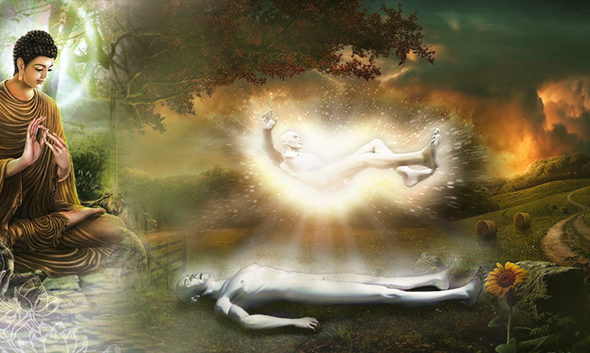For many people, meditation is a doorway to peace, awakening, and a deeper understanding of oneself and the universe. But like any inner journey, it is not made of light alone.
When you turn inward, you don’t just encounter silence—you begin to face the shadows within: the hidden emotions, the forgotten wounds, and the truths you’ve long avoided.
Facing Repressed Emotions
One common side effect of meditation is the surfacing of deep, buried emotions.
As the mind becomes still, unresolved sadness, anger, fear, or shame may rise to the surface.
This can lead to anxiety, confusion, or even mild existential crises for practitioners.
This doesn’t mean meditation is “bad”.
It means the light of awareness is illuminating areas in need of healing, not avoidance.
The Illusion of Enlightenment – The Trap of the Spiritual Ego
A subtle and often unnoticed danger in meditation is mistaking fleeting peaceful states for true enlightenment.
When one feels temporary serenity or “expanded awareness”, they may believe they’ve reached the truth.
But what often arises is spiritual pride: the ego disguised in serenity and compassion.
Symptoms include:
- Feeling superior to others
- Believing further study or guidance is unnecessary
- Dismissing worldly duties as irrelevant
- Failing to recognize subtle attachments to ego or desire
What is true enlightenment?
Enlightenment is not a mystical or extraordinary state.
It is the clear understanding of how life unfolds — the ability to live amidst the world with a mind no longer bound by ego, desire, or ignorance.
A truly enlightened person is humble, compassionate, and has no need to proclaim they are “enlightened”.
The one who remains silent, radiating compassion — that is the mark of one who has seen the Way.From the spirit of Zen Buddhism
Disconnecting from Life – When Meditation Becomes an Escape
Meditation is a tool for presence, clarity, and engagement with life—not an escape from it.
When misunderstood, it may lead to withdrawal from reality, relationships, and responsibilities.
Common Signs:
- Loss of interest in work, study, or social contribution
- Emotional numbness—mistaken as “non-attachment”
- Viewing the world as meaningless or unnecessary
- Identity confusion or existential crisis
Root Cause:
A refined ego still seeks to separate the “spiritual” from the “worldly”.
But in truth, the spiritual is embedded in everyday life.
but to understand it more deeply and live more fully within it.Thich Nhat Hanh
Mental Health Considerations
If you have a history of depression, anxiety, PTSD, or bipolar disorder, meditation should be approached with guidance.
It may:
- Stir painful memories
- Increase dissociation
- Worsen emotional imbalance
- Trigger psychological distress
Meditation is not a replacement for therapy. If you have deep wounds, seek professional care first.
Attachment to Calm
Ironically, the more you chase stillness, the more disturbed the mind becomes.
Some people:
- Become frustrated with themselves for not feeling “peaceful”
- Use meditation as performance
- Turn inward pressure into self-blame
Meditation should be release—not control.
Let go of the goal, and allow presence to arise naturally.
Meditation Is Not a Magic Cure
Meditation is not a one-size-fits-all miracle.
It is a path—a deep, intentional process that works when built upon understanding, learning, and humility.
It won’t remove your pain.
But it can help you face it, accept it, and ultimately transform it—when you’re ready.
To practice safely and meaningfully, remember:
- Keep learning and growing your perspective
- Cultivate discernment and wisdom
- Stay grounded in ethical awareness and humility
It’s your resistance to truth that causes suffering.Eckhart Tolle
Final Thoughts
Meditation is beautiful.
But to experience its true power, we must bring both light and wisdom to the path.
Let your practice be one of honesty, humility, and love—not escape.




